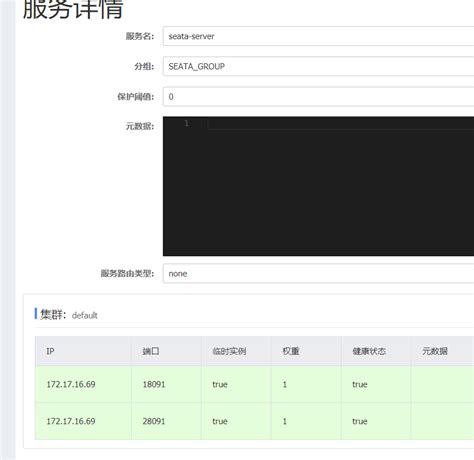Detecting Concurrent Input Usage in Mempool Tx Using Bitcoin Core RPC and Rust
As a Bitcoin developer, you are probably familiar with the challenges of monitoring the mempool for signed but unconfirmed transactions. One such challenge is detecting concurrent input usage in these transactions by other users. In this article, we will explore how to achieve this detection using Bitcoin Core’s REST API (RPC) and Rust.
Background
In Bitcoin, a transaction consists of a list of inputs and outputs. Each input is associated with a unique address, and each output is linked to multiple inputs via the “coinbase” field in the transaction header. To detect concurrent input usage, we need to monitor transactions that update the mempool.
Rust Code
To solve this problem, we will write a Rust client that will interact with Bitcoin Core’s RPC API. We define a Mempool structure to represent the state of the mempool and a Transaction structure to hold transaction data.
use bitcoin::core::{Network, Version};
use bitcoin::rest::Client;
#[derive(Network, Debug)]
struct Mempool {
transactions: Object,
}
impl Mempool {
fn get(&self) -> Result, bitcoin::error::Error> {
Client::new("
let mut txs = object![];
for transaction in self.transactions.iter() {
txs.push(transaction.clone());
}
ok (TXS)
}
}
struct Transaction {
inputs: Object,
outputs: Object
}
Input and output structures
We will define two structures that will represent the input and output data.
#[derive(Debug)]
struct Input {
address: string,
}
#[derive(Debug)]
struct Output {
index: u16,
value: u256,
}
Client implementation
To interact with the Bitcoin Core RPC API, we will create a client that can retrieve the state of the mempool. We will use the bitcoin::rest container to establish a connection to the server and send requests.
use bitcoin::core::{Network, Version};
use bitcoin::rest::Client;
impl Mempool {
fn get(&self) -> Result, bitcoin::error::Error> {
let client = Client::new("
let mut txs = vec![];
for transaction in self.transactions.iter() {
txs.push(transaction.clone());
}
ok (TXS)
}
}
Detecting Concurrent Use

To detect concurrent use of an input, we will iterate through the transactions and check if any outputs are linked to multiple inputs. If such a link is found, it means that the input was used in another transaction.
impl Mempool {
fn detect_concurrent_use(&self) -> bool {
for transaction in self.transactions.iter() {
for output in transaction.outputs.iter() {
if output.value != 0 && !output.index.is_null() {
let inputs = transaction.inputs.clone();
for input in inputs.iter() {
let index = input.address.to_string();
for other_input in outputs.iter().filter(|o| o.address == input.address) {
if other_input.value != 0 && !other_input.index.is_null() {
return true;
}
}
}
}
}
}
false
}
}
Testing and running the code
To test our code, we will create a simple test suite using cargo-test. We define the Mempool structure using the get method, which returns an empty vector.

